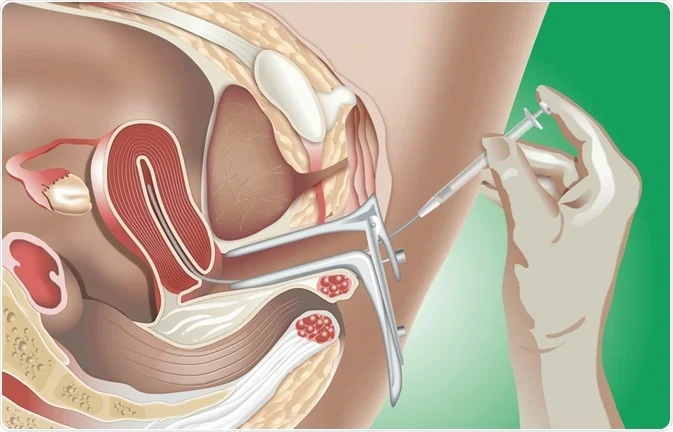Are you feeling disheartened by your attempts to conceive again? You’re not alone. Many parents, after experiencing the joys of their first child, find themselves facing the unexpected challenge of secondary infertility. It’s a tough situation that can leave you feeling confused and frustrated, especially since you might have had no trouble getting pregnant the first time around.
Understanding Secondary Infertility
So, what exactly is secondary infertility? Simply put, if you’ve previously had a child but are now struggling to conceive again, you may be dealing with this type of infertility. It’s surprisingly common, affecting about 11% of couples.
Causes of Secondary Infertility
There are various reasons why couples experience secondary infertility. It could be due to age-related fertility decline, scarring from past surgeries, or issues with sperm quality. Other factors like hormonal imbalances from conditions such as polycystic ovary syndrome (PCOS) or blockages in the reproductive tract can also play a role. Moreover, certain treatments like chemotherapy can impact fertility. If you’re worried about any of these issues, it’s a good idea to reach out to a healthcare provider for support.
When to Seek Help
When should you seek help? Generally, if you’ve been trying to conceive for a year (or six months if you’re over 35), it’s time to talk to your doctor. However, you might want to seek help sooner if you’re dealing with existing medical conditions, have had multiple miscarriages, or experience painful periods or intercourse. Interestingly, secondary infertility affects men just as often as women, so it’s essential for both partners to consult a doctor together.
Your Appointment
During your appointment, expect some questions regarding your medical history, previous pregnancies, and lifestyle habits. This can include everything from how often you’ve had unprotected sex to any medications you might be taking. A physical examination may also be conducted to check for any signs of issues. Based on this, further tests or referrals to fertility specialists may be recommended.
Unexplained Infertility
Sometimes, despite thorough testing, the cause of infertility remains a mystery. This can be really tough to handle, but remember that many couples with unexplained infertility eventually achieve their dream of having a child—either naturally or through assisted reproductive technologies.
Treatment Options
If you’re finding it tough to conceive naturally, various treatments are available to help you. Options include artificial insemination, where a semen sample is placed inside the uterus to increase the chances of fertilization, and in vitro fertilization (IVF), which involves fertilizing eggs in a lab before transferring them back into the womb. Sperm or egg donation may also be considered, depending on your specific situation. For more insights on artificial insemination, check out this link: Artificial Insemination Kit.
If you’re looking for more tips, you might find this blog post helpful: 8 Strategies for Single Moms Preparing for a Baby.
Conclusion
In summary, secondary infertility can be a challenging experience for many couples, but seeking help early and exploring available treatments can pave the way to growing your family.

